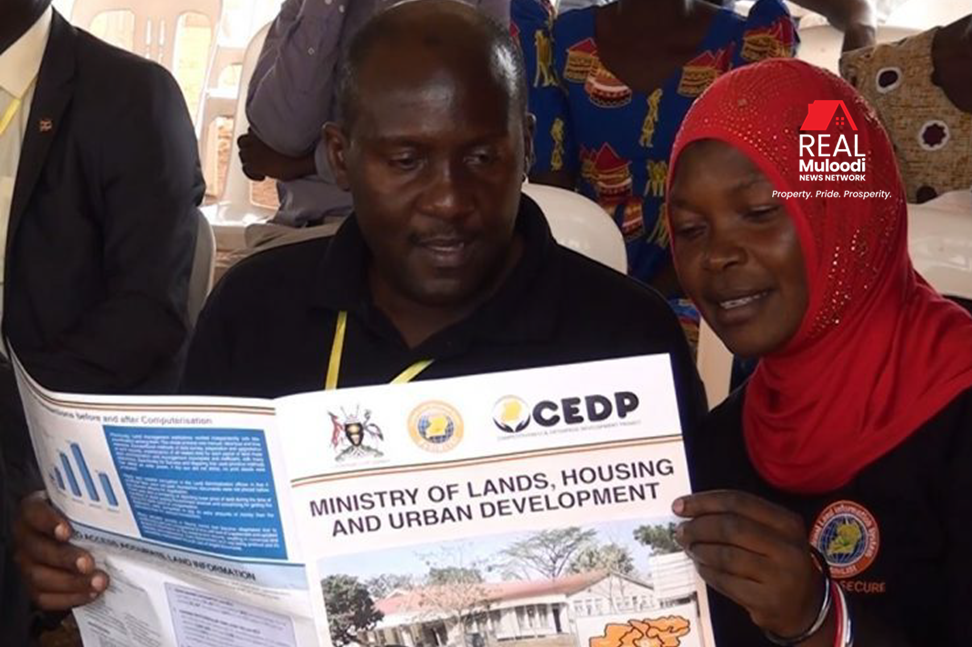UGANDA, Kampala | Real Muloodi News | The Uganda Land Information System (ULIS) is a digital platform developed by the Ministry of Lands to provide comprehensive and up-to-date information on land tenure, land use, land ownership, and land administration in the country.
ULIS aims to improve access to land-related information for both government agencies and the public, streamline land administration processes, and promote transparency and accountability in the land sector.
State Minister for Lands Sam Mayanja discussed the impact of ULIS on land management and how it has addressed challenges at registries.
Mayanja stated that before the implementation of the system, the Land Registry Office faced challenges such as anarchy, which stemmed from semi-literate land brokers paying registry officials large sums of money to prioritise their work and engage in dubious transactions.
The audit of ULIS nearly 15 years after its inception aims to ensure the security of citizens’ land rights.
Cliff Kamuhanda, a land surveyor, explained that an attempt at enforcing a unified mapping system was made by district surveyors in Wakiso and Mukono in the early 2000s, but these efforts were not supported by institutional authority.
ULIS was conceptualised during this period as a potential solution.
Kamuhanda noted that the initial errors in ULIS arose when cadastral sheets were scanned without proper collection of ground data to properly geo-reference the sheets. This led to inaccuracies in the coordinates extracted from the mapped plot corners.
As each survey was independent, plot position errors varied, making it difficult to harmonise the map and ground data.
The land information system faces several challenges:
Mapping Inaccuracy
Ministerial zonal offices of the Ministry of Lands map land inaccurately due to the lack of a system to harmonise surveyor data with headquarters information.
Land Disputes
There is an increase in land disputes because of the mismatch caused by differing data sets.
Fraud Increase
Discrepancies between the data collected and the data mapped create exploitable loopholes that can lead to increased fraud.
Before ULIS, the system relied on area amendments and re-surveys to refine inaccuracies, but this progress was slow. The interactive nature of ULIS was expected to correct these historical errors, but challenges remain.
One proposed solution, according to Cliff Kamuhanda, is to increase the number of licensed surveyors working in the field. This strategy may enhance the quality of service delivery and introduce competition among surveyors, which could help address issues of professional integrity.
Unlike other types of surveys, such as route, hydrographic, and building surveys, cadastral surveys focus on position fixing.
Mr Kamuhanda notes that the current surveying instruments ensure position accuracy, but the integrity of the professionals conducting the surveys is still a concern.
He adds that by increasing the number of licensed surveyors, the integrity problem may also be addressed, potentially leading to improvements in ULIS’s overall performance.
READ MORE LIKE THIS:
Minister Musasizi Urges Rubanda Residents to Secure Land Titles Amidst Land-Grabbing Concerns



